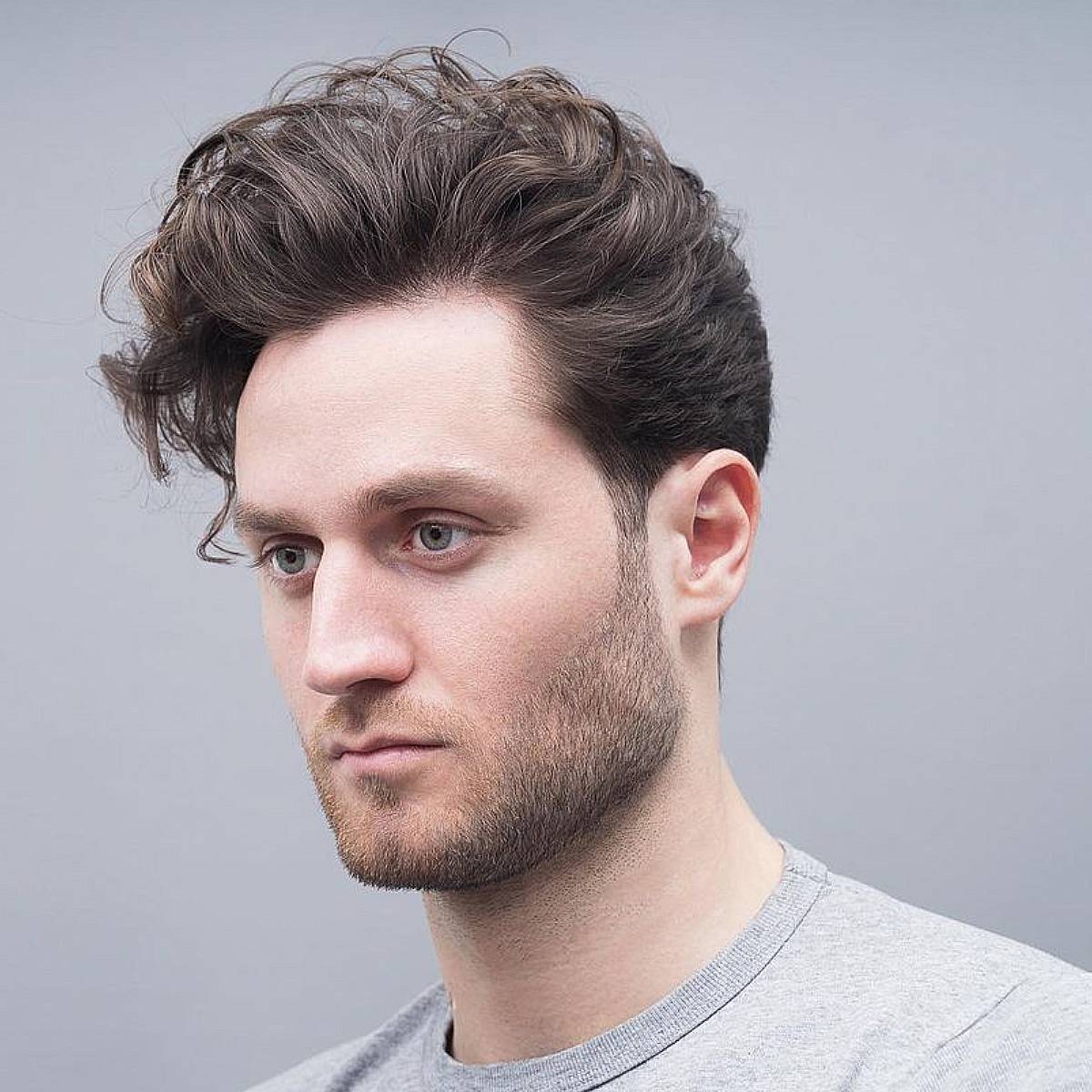When visiting a hairstylist, being able to accurately communicate your desired hairstyle is essential for achieving the intended appearance. A thorough explanation enables the stylist understand your vision and minimizes the chances of miscommunication. To ensure that you get the haircut you want, it is important to get ready in advance and consider several key factors when articulating your style goals. These factors comprise hair length, consistency, style, and any specific elements that you would like to incorporate.
Firstly, consider the length of your hair. Haircuts can range from very short styles like pixies to long layers that fall below the shoulders. It is helpful to specify whether you want a trim, a significant cut, or a complete transformation. Using precise terms such as "shoulder-length" or "mid-back" can provide clarity. Additionally, discussing the possibility of bangs or layers helps the stylist visualize your request more accurately. Being clear about how much length you wish to maintain or remove will significantly influence the outcome of your haircut.
Secondly, tress texture serves a key function in determining how a style will look. Different textures—such as straight, wavy, ringlet-filled, or kinky—respond uniquely to various cuts. When explaining your preferred haircut, it is essential to mention your hair's natural structure and whether you intend to use any hair tools or formulations. For example, if you have dense hair, you may want to request for de-bulking methods to reduce volume. Conversely, if your hair is thin, you might seek texturizing that add volume. This detail allows the stylist to customize the style based on how your hair responds.

In conjunction to hair like it length and structure, discussing the overall style you want can offer direction for the stylist. There are numerous haircuts to choose from, including timeless cuts like blunt cuts and contemporary variations like asymmetrical styles. It is beneficial to share references of looks that appeal to you—these could be images from print media or online portfolios. Highlighting specific features such as blended lines, sharp lines, or graduated layers can assist in expressing your vision more clearly. This guarantees that both you and your stylist are on the same page regarding style direction.
Lastly, don't forget to mention any distinctive traits that might elevate your haircut. This could include aspects such as moved here face shape or personal style preferences that affect the final look. For instance, those with round faces might prefer soft angles to elongate their profile, while individuals with square faces may choose blended layering to soften their jawline. In addition, talking about color options can also be part of this conversation; specifying if you want highlights or a single shade can better shape your ideal haircut.
In conclusion, successfully communicating your ideal haircut requires careful consideration of several important factors: length, texture, style, and unique features. By planning in ahead of time and being specific about these elements, clients can significantly improve their visit at the salon and boost the chances of walking out with a result they love. A productive discussion with a hair professional is built on open dialogue and mutual understanding. This collaborative approach guarantees that both client and technician work together towards achieving the desired outcome.